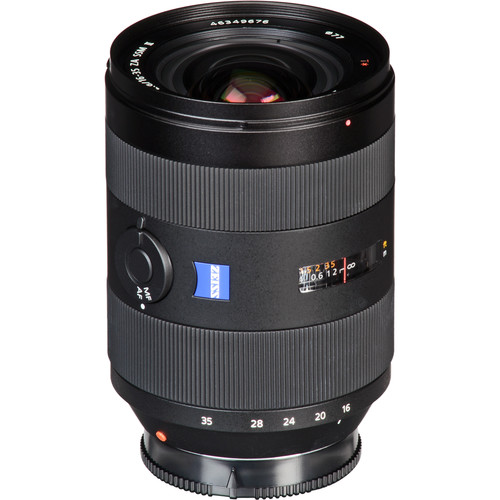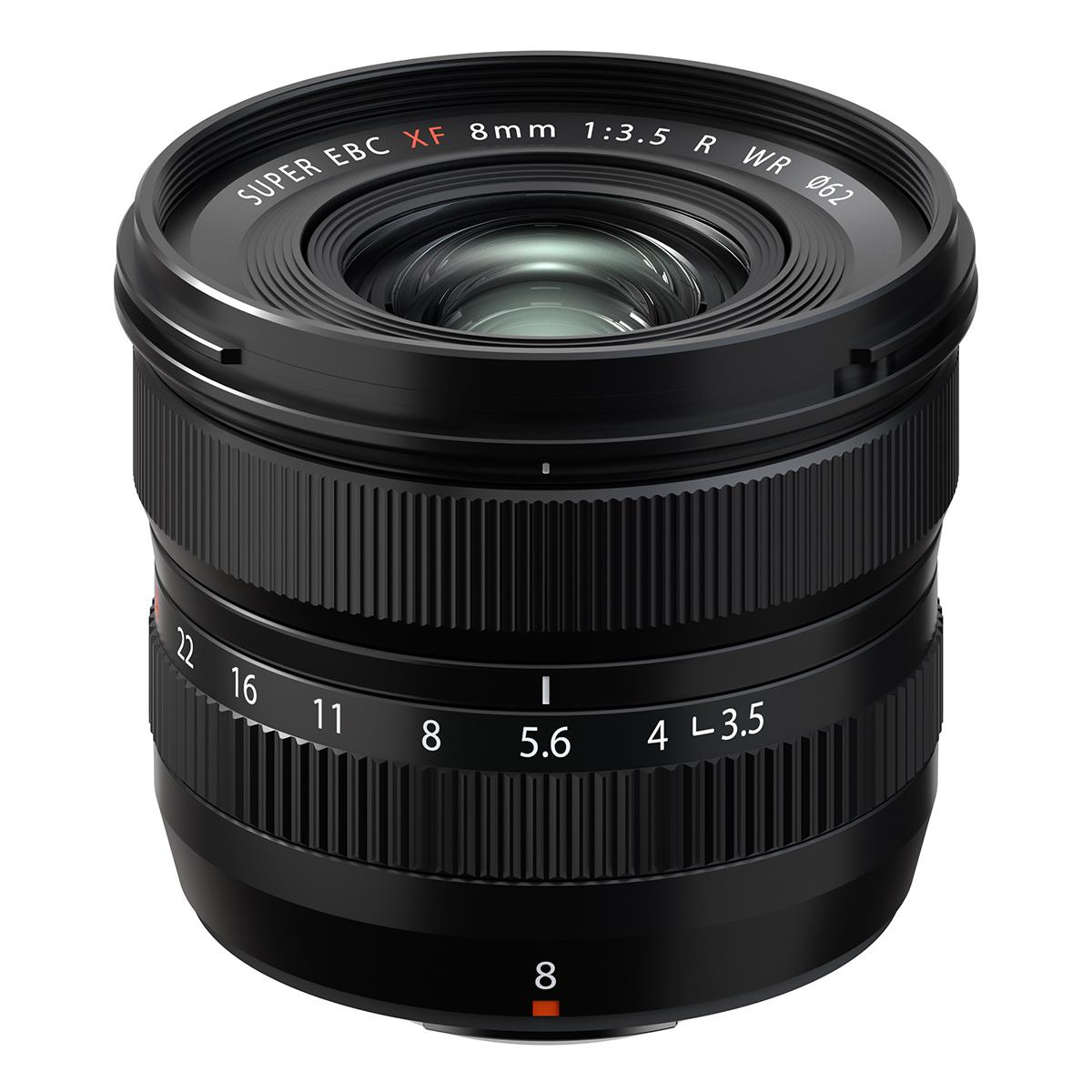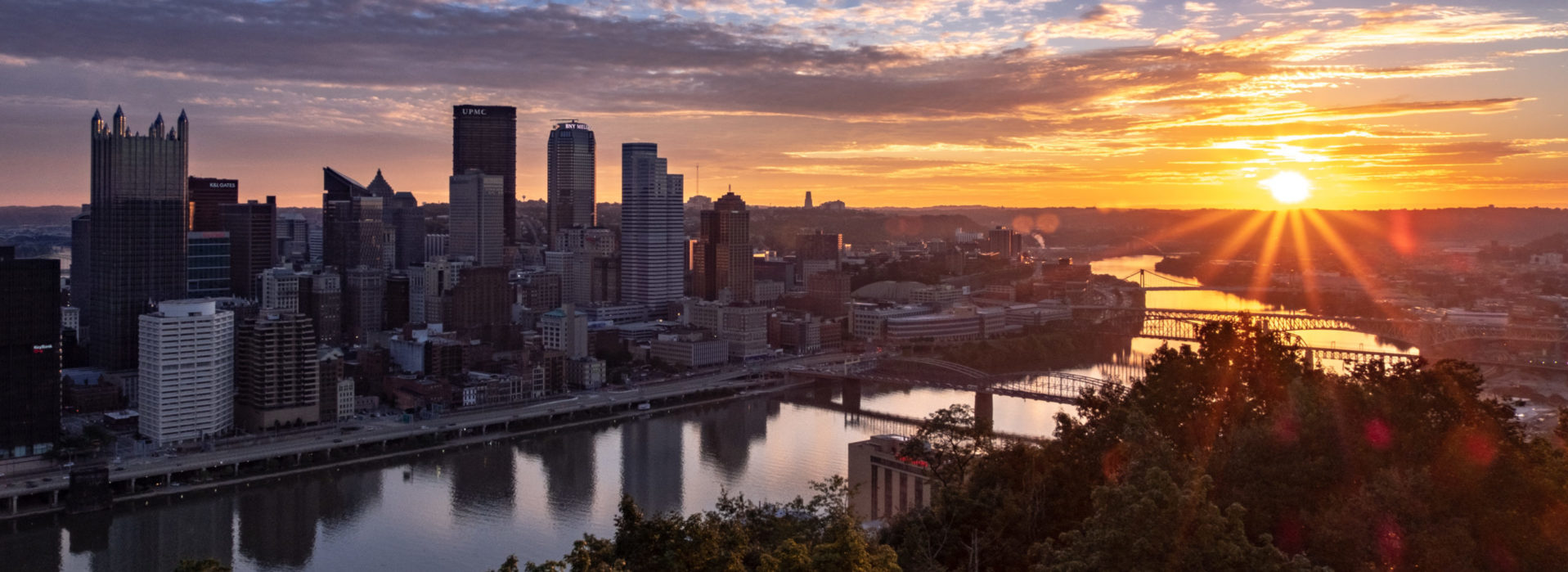In architectural photography, flaws caused by Chromatic Aberation, Distortion, Moire, and Vignetting are much more apparent than resolution, or noise which would normally only be noticeable with underexposed images and pixel-peeping.
The Fujifilm X-Series cameras have APS-C size sensors (I will get in to the advantages of the APS-C sensor on a separate page). For this reason, I will compare the Fujinon lenses with equivalent lenses (ie 15-36 mm) among the “big three” camera makers (Canon, Nikon, Sony). All prices are taken from B&H Photo.
Most technical comparisons I make below are from Imaging Resource, or opticallimits.com.
Fujinon XF 10-24mm f/4 R OIS
The most important tool in my kit is the Fujinon XF 10-24mm f/4 zoom lens ($999). It is arguably the best ultra wide angle zoom lens on the market with excellent sharpness, low chromatic aberration (CA), low vignetting, and low geometric distortion.
This lens received a glowing review from “The Angry Photographer,” who is an expert in lenses.
The Canon EF 16-35mm f/4L IS USM
The Canon EF 16-35mm f/4L IS USM is probably the best Canon lens ($1,333) for architectural work. It has good corner to corner sharpness, and reasonable distortion. However, Chromatic Aberation and Vignetting, when mounted on a FX body, are much higher than the Fuji 10-24, which has a wider view (15mm equivalent).
https://www.imaging-resource.com/lenses/canon/ef-16-35mm-f4l-is-usm/review/
The Canon EF 16-35mm f/2.8L II USM
The Canon EF 16-35mm f/2.8L II USM is their more expensive ($1,599) wide angle zoom. It has a wider aperture, which is great for low light conditions when a fast shutter is needed, but on a full-frame sensor, the vignetting is unacceptable, and the Chromatic Aberation, corner sharpness, and Geometric distortion are all worse than the Canon EF 16-35 f/4 and the Fuji 10-24 f/4. For architecture, I don’t need a fast lens, so I prefer the characteristics of the Fujinon lens.
https://www.imaging-resource.com/lenses/canon/ef-16-35mm-f2.8l-ii-usm/review/
Nikon 16-35mm f/4G ED VR II AF-S
Nikon 16-35mm f/4G ED VR II AF-S ($997) is probably Nikon’s best wide-angle lens for landscape work. However, it’s geometric distortion is off the chart, and unacceptable for architectural work. Also, it’s vignetting is almost a full stop at the corners, and the Chromatic Aberation is about twice as bad as the Fuji.
Nikon 14-24mm f/2.8G IF-ED AF-S
Nikon’s best architectural lens is probably the 14-24mm f/2.8G IF-ED AF-S ($1,596.95). While it’s very sharp, corner to corner, and Chromatic Aberation is well controlled, it’s geometric distortion, and especially it’s vignetting are much worse than the Fuji 10-24. And at that price, I could buy both the Fujinon 10-24 zoom and the new 8mm prime lens for those times that I need to go wider than 15mm (equivalent) field of view. The 8mm prime is equivalent to a 12mm ultrawide rectilinear lens.
https://www.imaging-resource.com/lenses/nikon/14-24mm-f2.8g-if-ed-af-s-nikkor/review/
Sony FE 16-35mm f/2.8 GM
The Sony FE 16-35mm f/2.8 GM ($2,248) has excellent corner to corner sharpness, and low distortion. But the vignetting and CA are about twice as bad as the Fuji, when used on a full frame camera. It’s faster than the Fuji, but there is no need for speed with architectural work. Once again, at that price, I’d rather add the Fujinon 8mm f/3.5 to my system.
Unfortunately, Imaging Resources has not tested this lens, so we don’t have accompanying charts. Data from Optical Limits was used.

Fujinon XF 8mm f/3.5 R WR
When 10mm isn’t wide enough, the Fujinon XF 8mm prime lens is the latest ultra wide lens on the market. It’s too new for test results, but all reviewers agree that it is an exceptionally good lens. It’s extremely sharp, and has minimal distortion, chromatic aberation and vignetting. Most wide angle lenses that go this wide are “fish-eye” lenses with extreme distortion. The fact that this lens is “rectilinear” is a testament to Fujifilm’s innovation.

